D2D Phase I
Phase I of the Diet to Detox is an elimination and support period which lasts for just 6 weeks. Not forever! Toxins are present in the air we breathe, the water we drink, the food we eat, the creams we put on our skin, the clothes we wear and the furniture we sit on. It is not possible to eliminate everything but it is important to understand that some of the toxins can be avoided.
An individual toxin may not have much impact on our overall health. However, combinations of toxins delivered to us in small amounts over a number of years can eventually overwhelm our immune system leading to chronic low grade inflammation and its associated symptoms.
The ‘Toxins’ Category will give you much more information about Toxins and how they harm us. But, just briefly, the main points about toxins are that they directly harm our gut microbes and our DNA, promoting and sustaining low grade chronic inflammation. Low grade chronic inflammation is one of the main causative factors in almost all chronic disease.
Eliminating toxic culprit foods.
In the Toxins category, I detail which foods are included on the Toxic Culprit Foods list. Here they are again.
- Grains and cereals including oats (and oat milks), quinoa, rice, pasta
- Milk and milk products including butter, margarine, yoghurts and cheeses
- Nuts including almonds and associated nut milks
- Fruit
- Beans and lentils
- Coffee
- Chocolate
- Alcohol
Let’s remind ourselves also of the broad categories of toxins found in these foods
- Moulds
- Pesticides
- Plastics
- Heavy metals
The list can be quite daunting. It may be easier to focus on what you should eat rather than what you shouldn’t eat.
What can I eat?
Meat, fish and chicken
This includes liver and pate. For meat, choose grass fed animals that are allow to roam outdoors. Chickens should also be free range and not fed on corn or grains if at all possible. All fish is likely to contain some kind of contamination. Therefore it is preferable to consume fish no more than twice per week.
Green vegetables such as cabbage, cauliflower, lettuce, leaks, green beans, seaweed, artichokes, seaweed, artichokes, courgettes, fennel, broccoli, asparagus, endive, Brussel sprouts, Bok Choy, celery, green peas
Flame and colourful vegetables such as chilli peppers, capsicum (bell) peppers, carrots, tomatoes, aubergines, Pumpkin and squash
Root vegetables such as celeriac, potatoes, swede, turnips, parsnips, cassava, yam, Daikon radish, radish, Jerusalem artichokes, turmeric
Other vegetables and spices – mushrooms, garlic, onions, spring onions
Poultry - Eggs and egg products such as mayonnaise. Please check the labels there should be no milk or additions from the ‘culprit’ list.
Fats and oils – such as fish oil, olive oil, goose fat, lard from grass fed beef, duck fat, coconut oil, raw red palm oil. Vegetable and seed oils such as canola and sesame oils and polyunsaturated margarines such be avoided. Please see the ‘Fats’ category for why this is. Olive oil can be consumed if it is in a can or dark bottle. The best olive oil is cloudy or has white fat blobs in it. Again, brush up on ‘Fats’ if you find this advice confusing.
